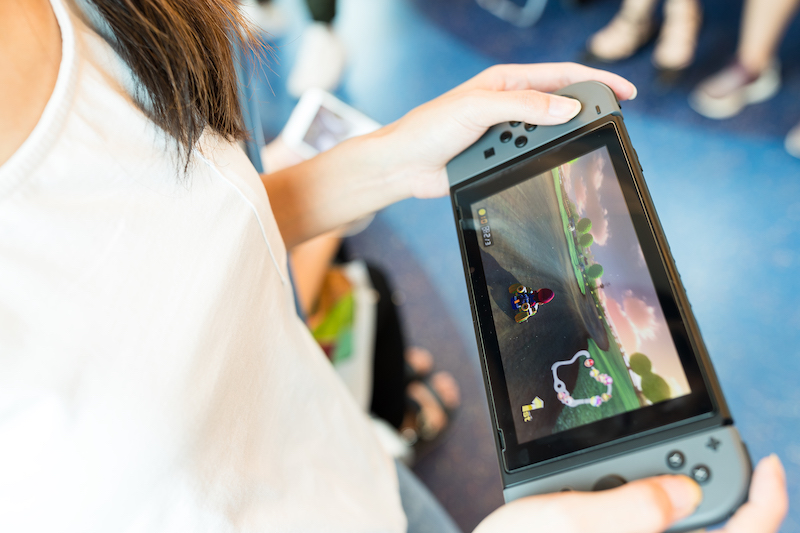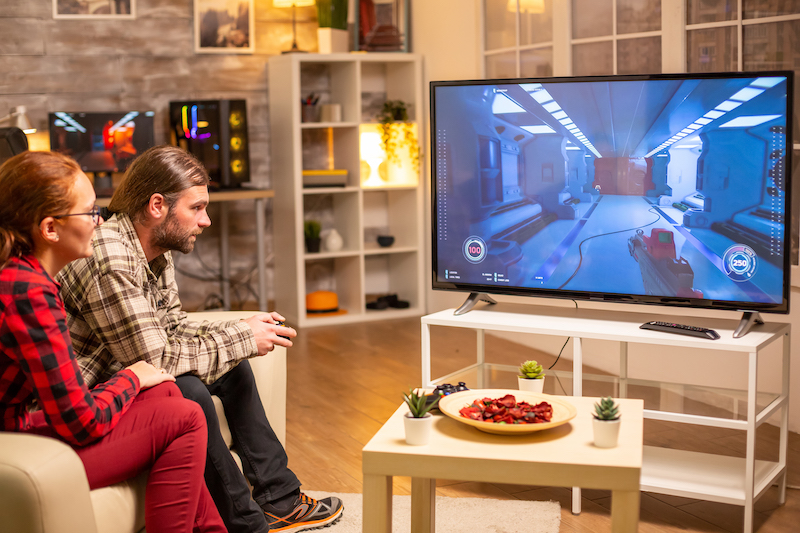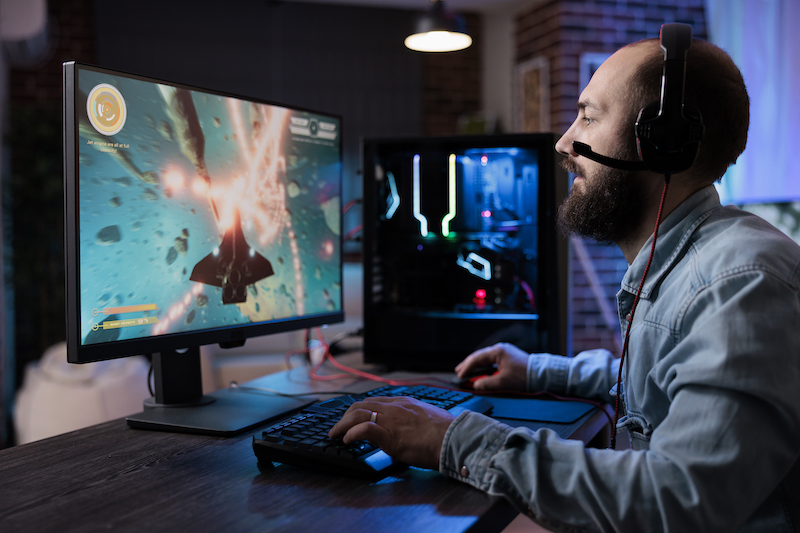
6 October
What does nintendo have up it's sleeve?
Nintendo, with its long history of innovation, has often surprised the gaming community with its unique and out-of-the-box approaches to console design and gaming experiences. Predicting their future moves can be challenging, but we can speculate based on industry trends, past behavior, and emerging technologies.
- Virtual Reality and Augmented Reality Integration: While virtual reality (VR) has been around for a while and has been adopted by other companies, Nintendo has yet to fully immerse itself in this technology. Given the popularity and advancements in VR, there's potential for Nintendo to introduce a novel VR system. Rather than just offering immersive 3D worlds, they might intertwine this with their knack for physical interaction – imagine a VR experience that combines the physicality of the Joy-Cons from the Switch. On the other hand, Augmented Reality (AR) which was lightly touched upon with the 3DS and mobile games like "Pokémon Go," could see a more robust implementation, providing a blend of real-world and in-game interactions.
- Reviving Classic Hardware with Modern Tech: Nintendo's release of the NES and SNES Classic showed their acknowledgment of nostalgia's powerful allure. It wouldn’t be too far-fetched to imagine them revisiting other iconic systems or peripherals (like the Game Boy or the N64) and reimagining them with today's technology. Imagine a Game Boy that utilizes modern display technology, has internet connectivity for multiplayer, or uses AI to enhance classic games.
- Evolution of the Hybrid Console: The Nintendo Switch's success showcased the appeal of a hybrid console that can be both a home console and a portable device. In the future, Nintendo might further blur these lines. This could involve a more powerful, modular system where the console's power scales based on its configuration or usage. Or, perhaps they will introduce cloud gaming, where high-quality games can be streamed to the console when it's docked, but played natively when on the go.
- Adaptive Gaming Experiences: Leveraging AI and machine learning, Nintendo could create games that adapt to the player's skill level and preferences in real-time. For instance, game narratives that shift and evolve based on player decisions, or game difficulties that adjust seamlessly to ensure players are always engaged but not overwhelmed. This personal touch would align with Nintendo's philosophy of creating universally enjoyable gaming experiences.
- Holistic Gaming Ecosystems: Beyond just hardware, Nintendo might focus on building more integrated gaming ecosystems. This could mean deeper synergies between their mobile games, console games, and even theme park experiences (like Super Nintendo World). By doing so, players could have a continuous Nintendo experience: earning rewards in a mobile game that can be used in a console game, or experiencing something in the theme park that unlocks content in their handheld device.
Whatever the future holds for Nintendo, one thing remains certain: they will continue to prioritize unique and enjoyable experiences for their players, often in ways that the industry might not expect.



